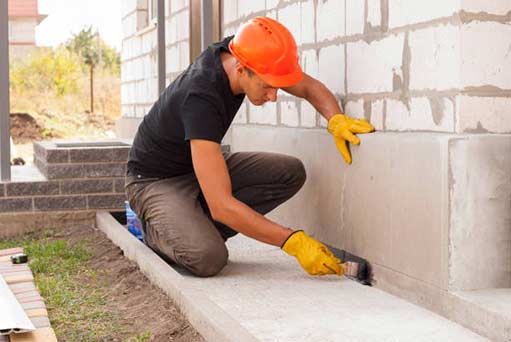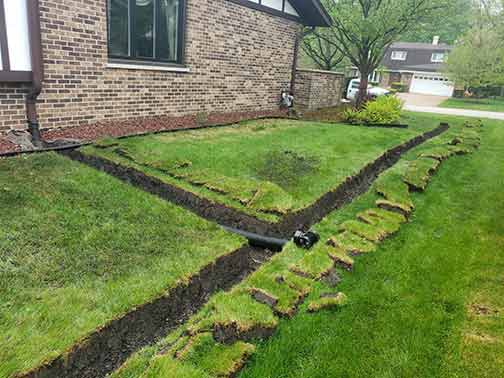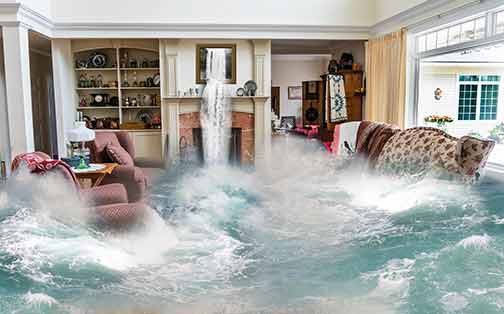
Sump and ejector pumps are critical components in preventing basement flooding. These pumps are designed to remove water that accumulates in a sump basin, typically found in the basements of homes. Ejector pumps, in particular, are used to manage wastewater from plumbing fixtures. Understanding the essential service practices for these pumps can help homeowners avoid the costly damages associated with basement flooding.
Understanding the Function of Sump Pumps
Sump pumps are installed in the lowest part of a basement or crawlspace. Their primary function is to keep the area under the building dry and prevent it from flooding. When water enters the sump basin through drains or by natural water migration through the soil, the sump pump activates and pumps the water out of the basin and away from the building. This process helps to keep the basement dry and free from water damage.
Key Components of a Sump Pump System
A sump pump system typically includes several key components:
- Sump Basin: A pit where water collects before being pumped out.
- Primary Sump Pump: The main pump that removes water from the basin.
- Check Valve: Prevents water from flowing back into the sump basin.
- Discharge Pipe: Carries water away from the home.
- Battery Backup System: Ensures the pump operates during power outages.
Understanding the Function of Ejector Pumps
Ejector pumps, also known as sewage pumps, are used to handle wastewater from basement plumbing fixtures such as toilets, sinks, and washing machines. These pumps are essential for homes with plumbing fixtures located below the main sewer or septic line. Ejector pumps grind and pump wastewater up to the level of the main sewer line, ensuring proper drainage and preventing sewage backups.
Key Components of an Ejector Pump System
An ejector pump system includes several critical components:
- Ejector Basin: A sealed pit where wastewater collects before being pumped out.
- Ejector Pump: The main pump that grinds and pumps wastewater out of the basin.
- Check Valve: Prevents wastewater from flowing back into the ejector basin.
- Discharge Pipe: Carries wastewater to the main sewer or septic line.
- Vent Pipe: Allows gases to escape from the ejector basin.
Importance of Regular Maintenance
Regular maintenance is crucial for ensuring the proper functioning of sump and ejector pumps. Without routine checks and maintenance, these pumps can fail, leading to basement flooding and costly repairs. Homeowners should schedule regular inspections and maintenance to keep their pumps in optimal condition.
Essential Maintenance Practices for Sump Pumps
To maintain a sump pump system, homeowners should follow these essential practices:
- Inspect the Sump Basin: Regularly check the sump basin for debris and clean it out to prevent clogs.
- Test the Pump: Periodically test the pump by pouring water into the sump basin to ensure it activates and pumps water out properly.
- Check the Power Source: Ensure the pump is connected to a reliable power source and that the power cord is in good condition.
- Examine the Check Valve: Inspect the check valve to ensure it is functioning correctly and preventing backflow.
- Clean the Discharge Pipe: Make sure the discharge pipe is clear of obstructions and directs water away from the home.
- Maintain the Battery Backup System: Regularly check the battery backup system to ensure it is charged and ready to operate during power outages.

Professional plumbers have the knowledge and experience to diagnose and fix issues accurately.
Essential Maintenance Practices for Ejector Pumps
For ejector pump systems, homeowners should follow these maintenance practices:
- Inspect the Ejector Basin: Regularly check the ejector basin for debris and clean it out to prevent clogs.
- Test the Pump: Periodically test the pump by running water through the plumbing fixtures to ensure it activates and pumps wastewater out properly.
- Check the Power Source: Ensure the pump is connected to a reliable power source and that the power cord is in good condition.
- Examine the Check Valve: Inspect the check valve to ensure it is functioning correctly and preventing backflow.
- Clean the Discharge Pipe: Make sure the discharge pipe is clear of obstructions and directs wastewater to the main sewer or septic line.
- Maintain the Vent Pipe: Ensure the vent pipe is clear and allowing gases to escape from the ejector basin.
Importance of Installing Battery Backup Systems
Installing a battery backup system for sump pumps or ejector pumps is essential for ensuring their operation during power outages. Power outages can occur during severe storms, which is when the pumps are needed the most. A battery backup system provides peace of mind by ensuring the pumps continue to operate and prevent flooding even when the power is out.
Choosing the Right Battery Backup System
When selecting a battery backup system for sump and ejector pumps, homeowners should consider the following factors:
- Battery Capacity: Choose a battery with sufficient capacity to run the pump for an extended period during power outages.
- Compatibility: Ensure the battery backup system is compatible with the existing pump system.
- Automatic Activation: Select a system that automatically activates when the power goes out.
- Maintenance Requirements: Consider the maintenance needs of the battery backup system and choose one that is easy to maintain.
- Warranty and Support: Look for a system with a good warranty and reliable customer support.
Professional Services for Sump and Ejector Pumps
While homeowners can perform basic maintenance on their sump and ejector pumps, professional services are recommended for more complex tasks and regular inspections. Professional plumbers have the expertise and tools to thoroughly inspect, maintain, and repair sump pump systems and ejector pump systems, ensuring they function efficiently and reliably.
Benefits of Hiring Professional Plumbers
Hiring professional plumbers for sump and ejector pump services offers several benefits:
- Expertise: Professional plumbers have the knowledge and experience to diagnose and fix issues accurately.
- Comprehensive Inspections: Professionals can perform thorough inspections to identify potential problems before they become major issues.
- Proper Maintenance: Professionals can provide proper maintenance services, ensuring the pumps operate efficiently.
- Emergency Services: Many plumbers offer emergency services, providing prompt assistance during urgent situations.
- Peace of Mind: Hiring professionals gives homeowners peace of mind knowing their pump systems are in good hands.
Wrapping It Up
Preventing basement flooding requires a combination of regular maintenance, proper installation, and the use of battery backup systems for sump and ejector pumps. Homeowners should understand the essential service practices for these pumps and consider hiring professional plumbers for comprehensive inspections and maintenance. By taking these steps, homeowners can protect their basements from flooding and avoid costly repairs.
















